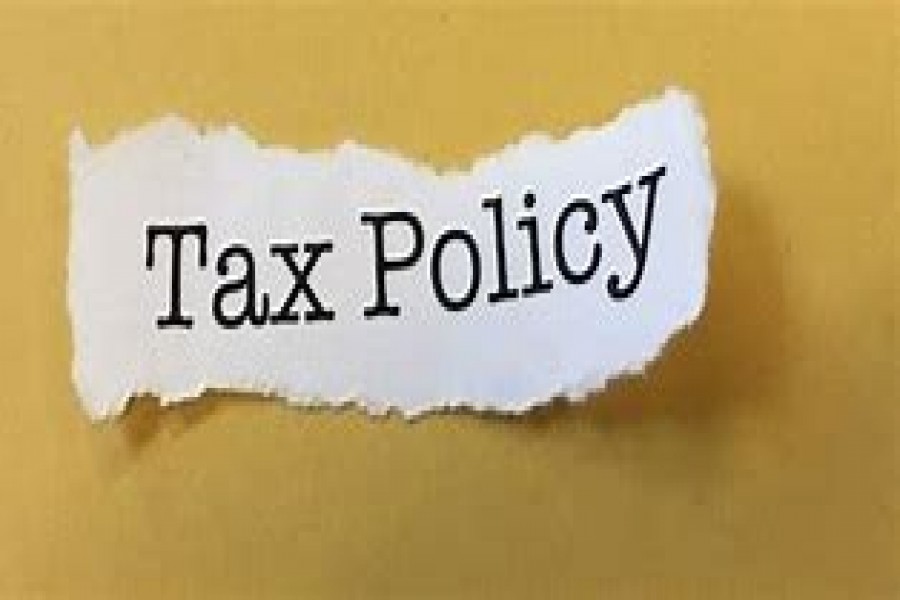The government needs revenue now, more than ever.
In order to sustain the damage inflicted by the ongoing unprecedented-pandemic; the government is crying out for a significant increase in its revenue to counteract the economic effects of the crisis.
The economic fallout is likely to be severe, and policymakers should consider how the structure of our tax systems can aid the government in dealing with the economic recovery, without incurring deep revenue losses for the administration.
Since tax is the biggest form of government revenue, it needs the immediate attention of policymakers; specifically, the Large Taxpayers Unit (LTU) sector.
The cigarette industry, a major player of the LTU sector in Bangladesh, that generated close to BDT28,000 Crore in FY 2018-2019, with a growth of about 25% in contrast to FY 2017-2018; continues to be the largest revenue-generating sector for the national exchequer. Revenue deposits from the industry have grown at a CAGR of approximately 15% in the last 5-year period.
But, in FY 2019-20 budget, when the price slabs of the premium, high and medium segments were increased disproportionately, leading to market downtrade, it yielded a fall in overall sectoral revenue. This can be easily concluded by analyzing the last 11 months’ (Jul ’19 – May ‘20) revenue collection from the tobacco sector.
In lament terms, with an increase in the price of premium, high, and medium segments of tobacco products, consumers have switched to cheaper brands of the low segment. This was because the taxation measures did not account for increasing the price of tobacco products in the low segment; making it easier for consumers to shift.
This is further evident in WHO’s findings that observed product substitution between 2009 and 2017 based on data on smoking prevalence from the Bangladesh Global Adult Tobacco Surveys (GATS). It concludes that the substitution of low-price brands for higher-price brands at the population level increased the market share of the lower tier from 28% in 2006 to a whopping 79% in 2017.
As a result, the low segment now comprises 75 per cent of the total market volume with about 5,500 crore sticks; which is alarming for numerous reasons!
First and foremost is the concern surrounding government revenue loss. Unfortunately, the proposed tax structure for the biggest revenue-generating sector in the budget for the fiscal year 2020-2021, did not account for the revenue loss.
The government will lose a huge amount of revenue, as the tax and prices of LOW segment cigarettes (73%) are much lower than the upper levels (81%). And the fact is, the medium segment of tobacco products generates 40% of tobacco tax. So, the government is losing revenue due to product substitution.
Additionally, the level of illicit cigarettes in Bangladesh, over the last decade has accounted for 1%-6% of the total legitimate market; and there’s no surprise there. It has been consistent for a few years now. And the recent tax increase levied in Fiscal Year 2019-20, has added to the growth of the manufacturing and marketing of illicit cigarettes, leading to an increase in the supply of products with the unpaid domestic duties that are sold in the market below the minimum price stipulated by National Board of Revenue (NBR).
This again causes down-trading or product substitution thus incurring government revenue loss. Furthermore, consumption of such low-quality cheap cigarettes adds to the public health spending of the government.
But there is a simple solution.
The price difference per stick between the medium segment and the low segment used to be TK 1, whereas currently its TK 3 per stick. This gives the consumer even more reasons to downgrade. But If the government sets the price of lower segment cigarettes at TK. 42 per (10 sticks packet), the government has the potential to earn an excessive revenue of Tk. 1095 Crore, just from the tobacco sector itself.
With the ongoing pandemic and a potential economic recession from the economic downfalls, the government needs every ounce of revenue, to counteract the impacts of Corona and to develop crucial sectors of the country such as the public health sector.
The cigarette market remains the largest revenue-generating sector of the economy. It is high time the government starts working on a predictable, gradually implementable mid-term revenue roadmap for the tobacco industry which continues to be the largest source of internal revenue for the economy.
Policy stability will be crucial in containing illicit trade and industry sustainability as well as safeguarding government revenue.


